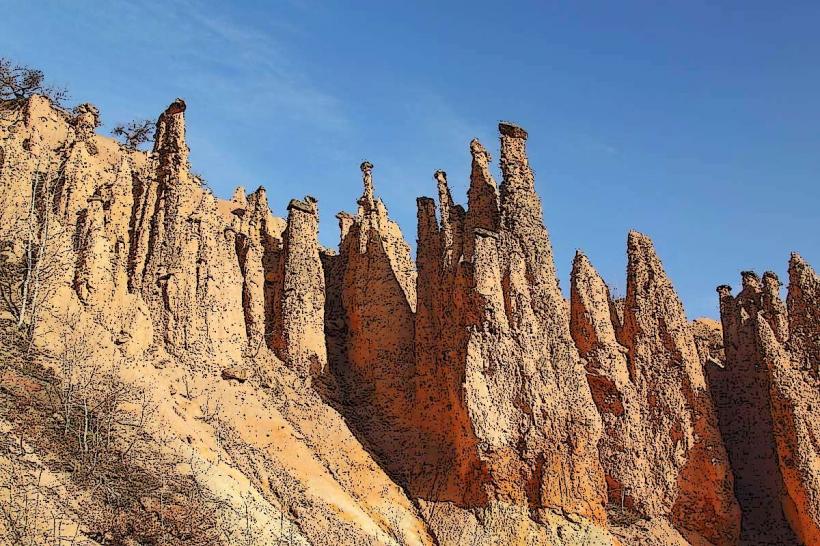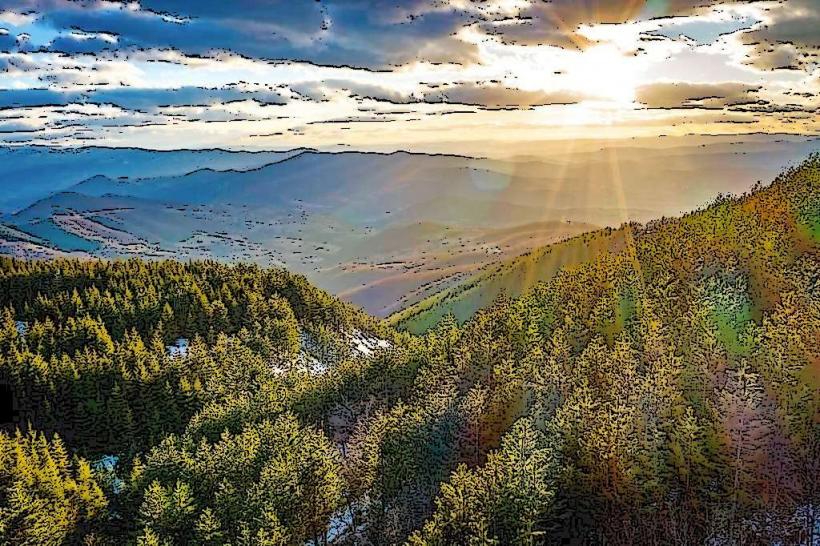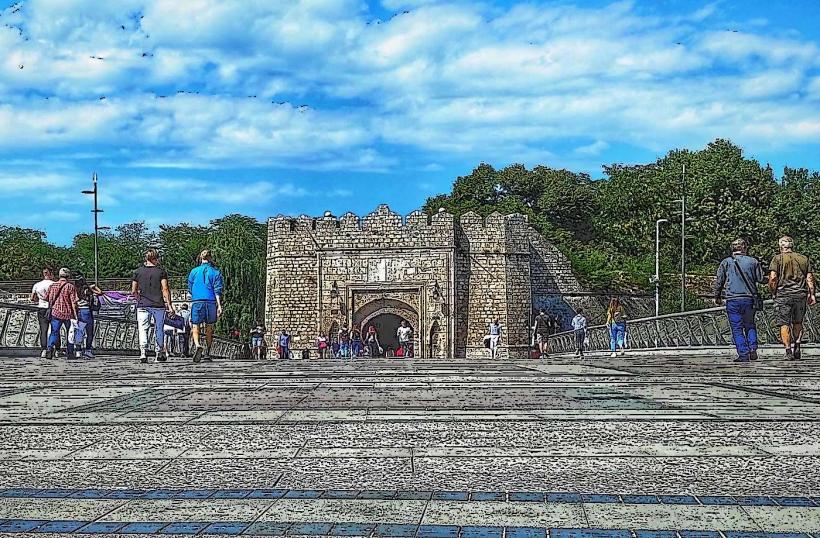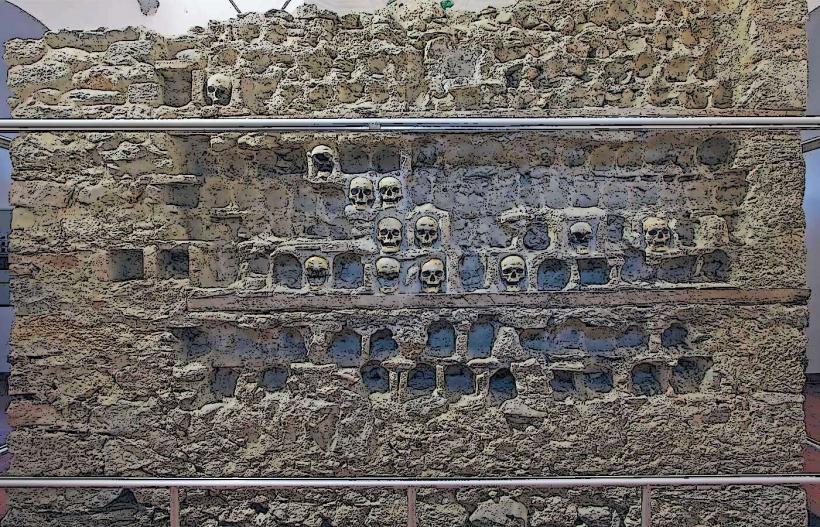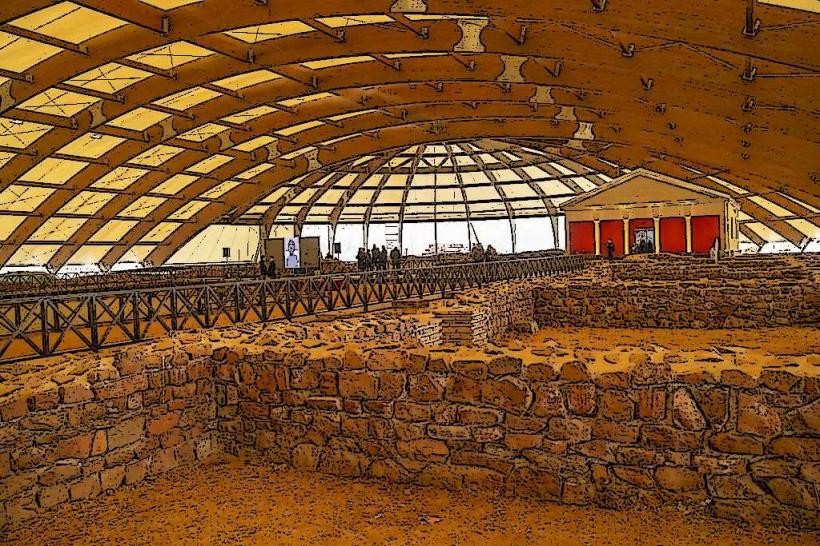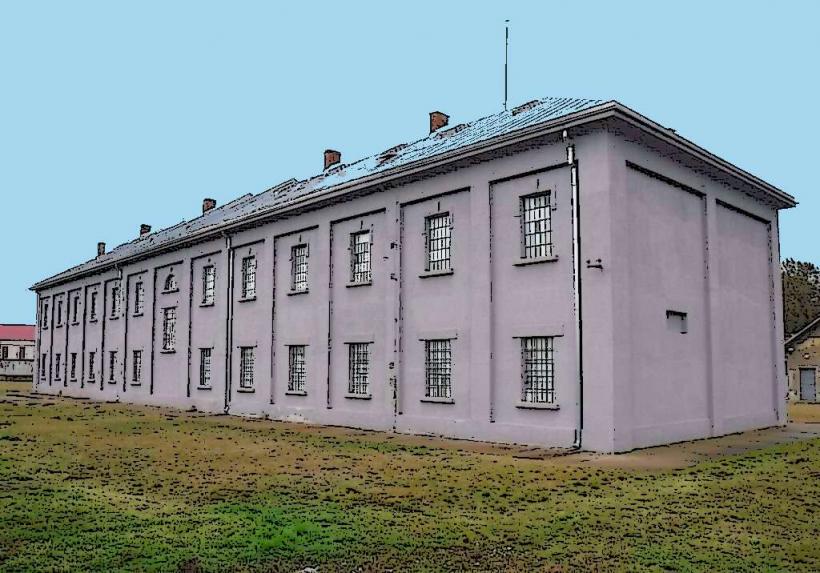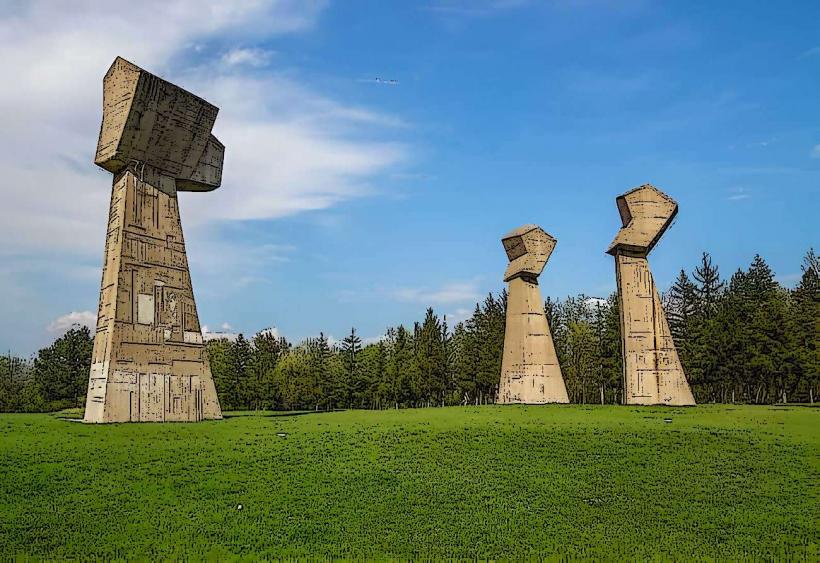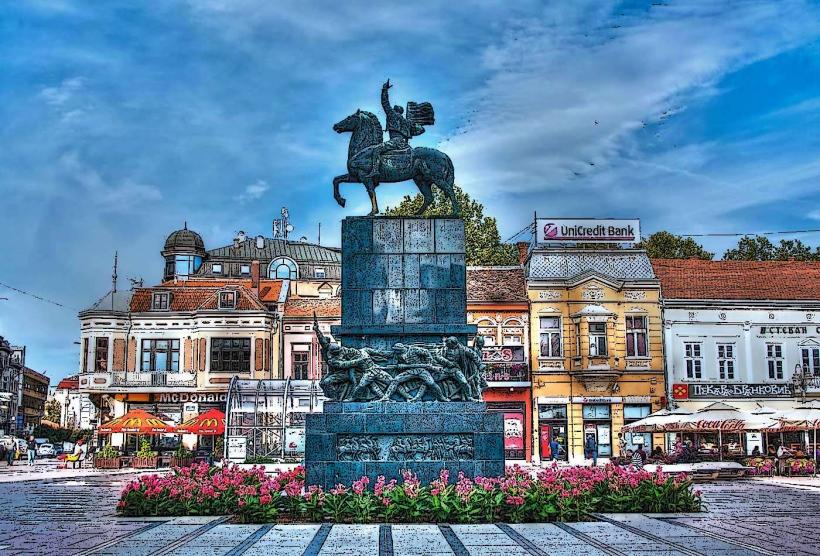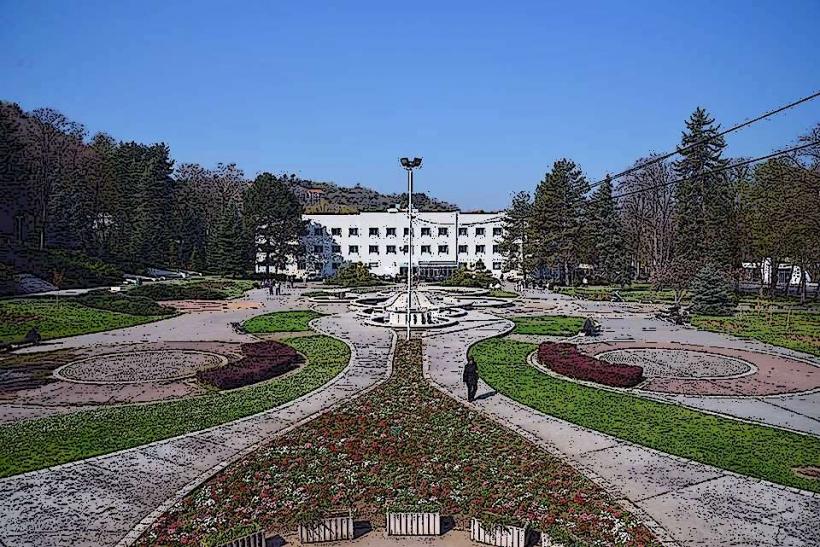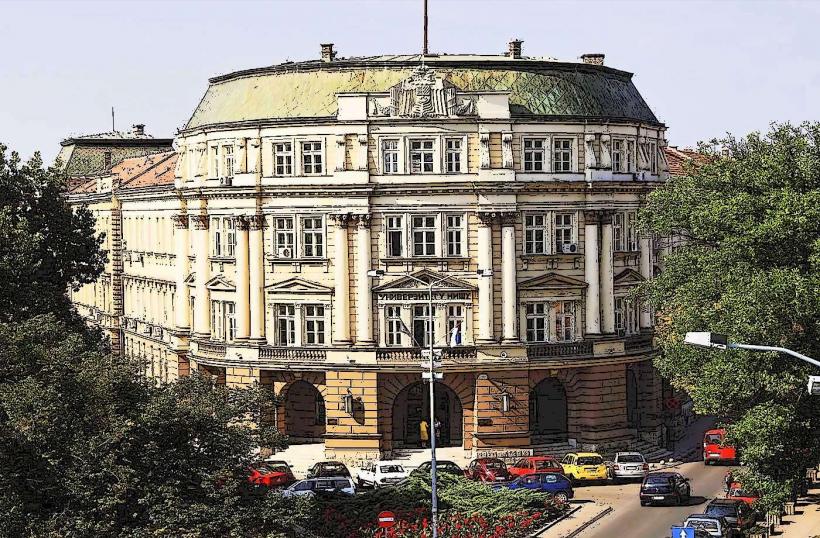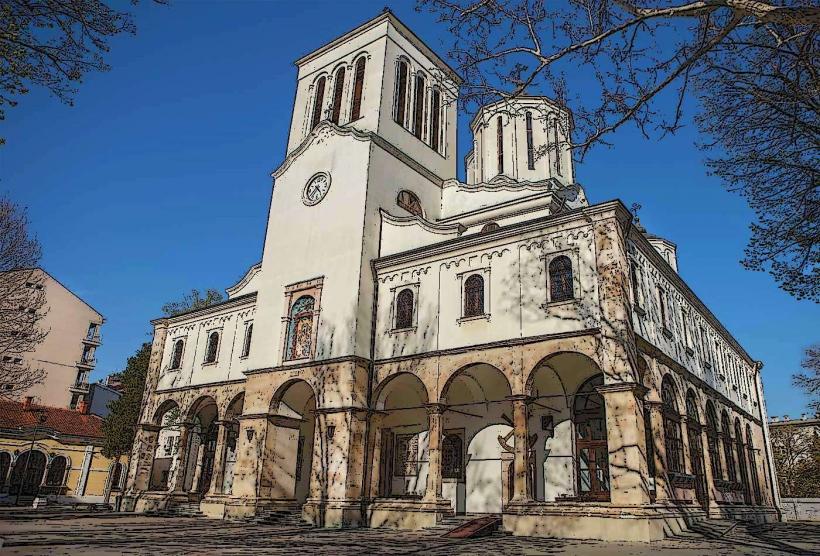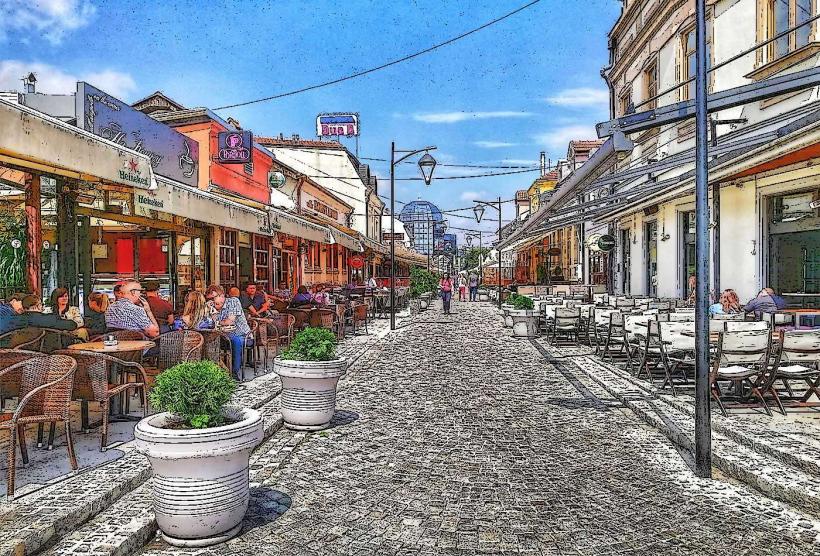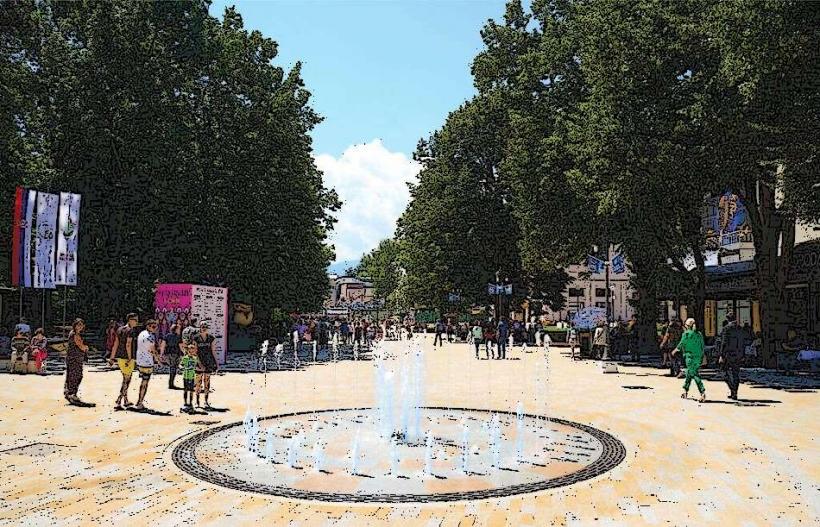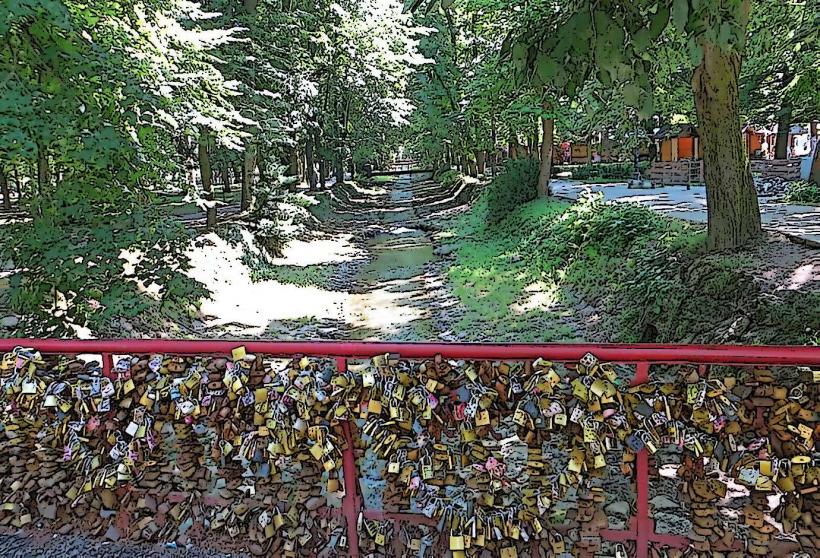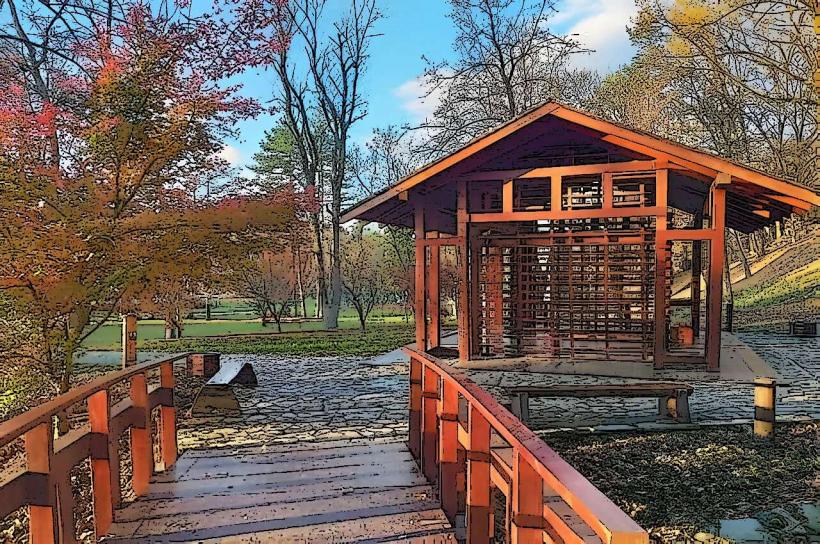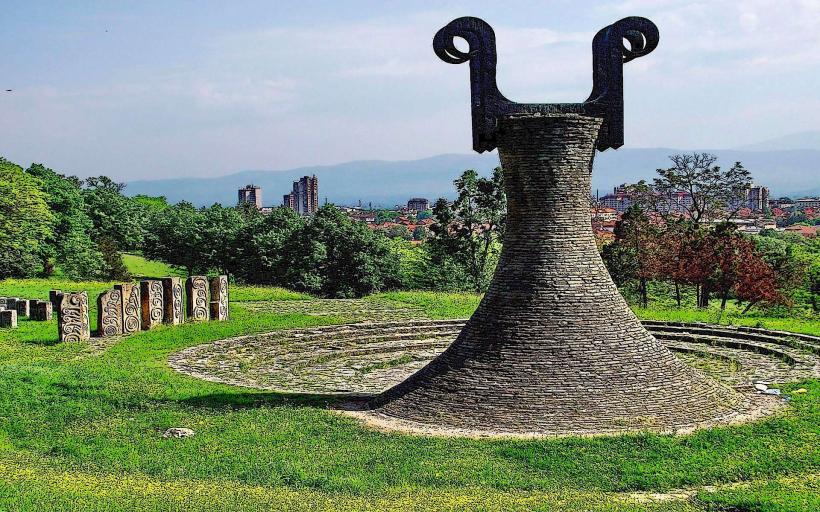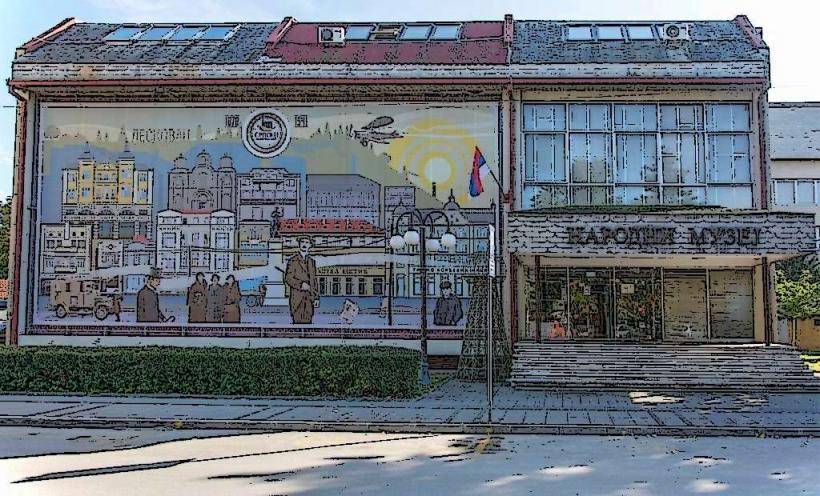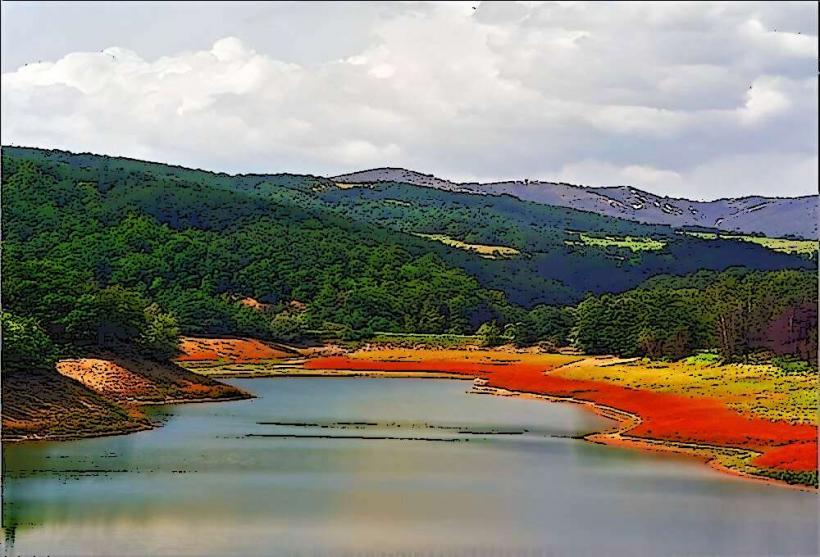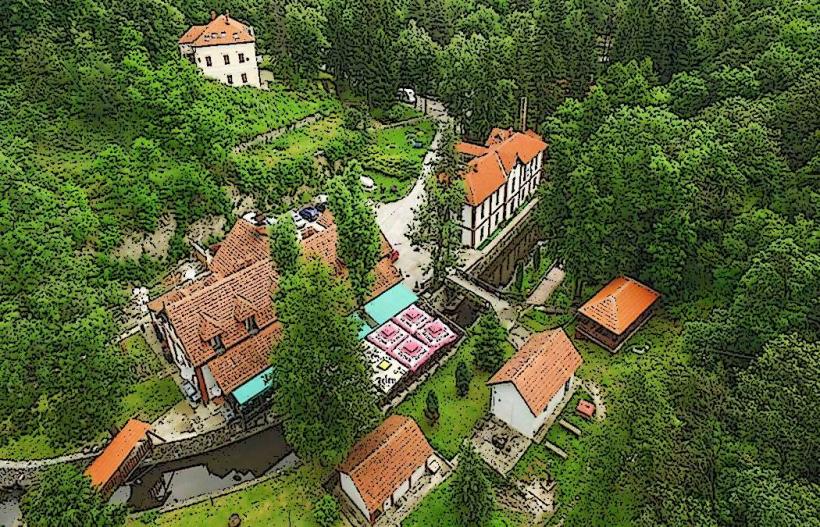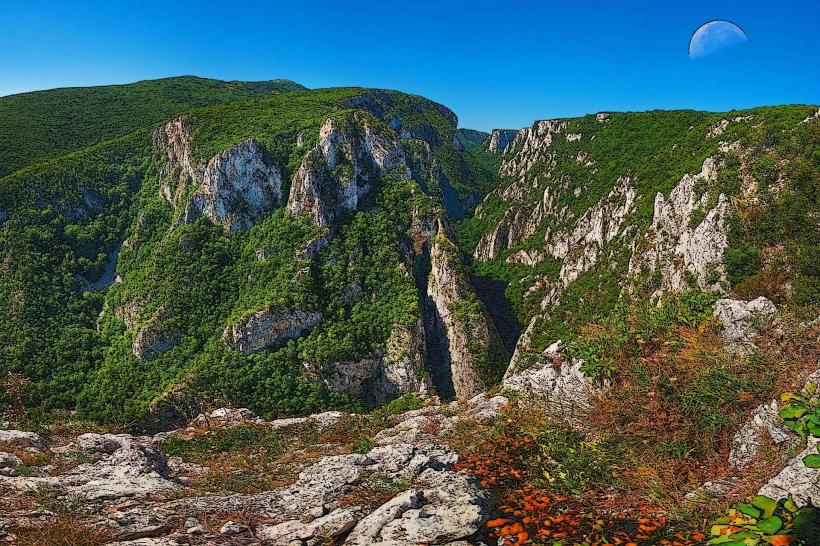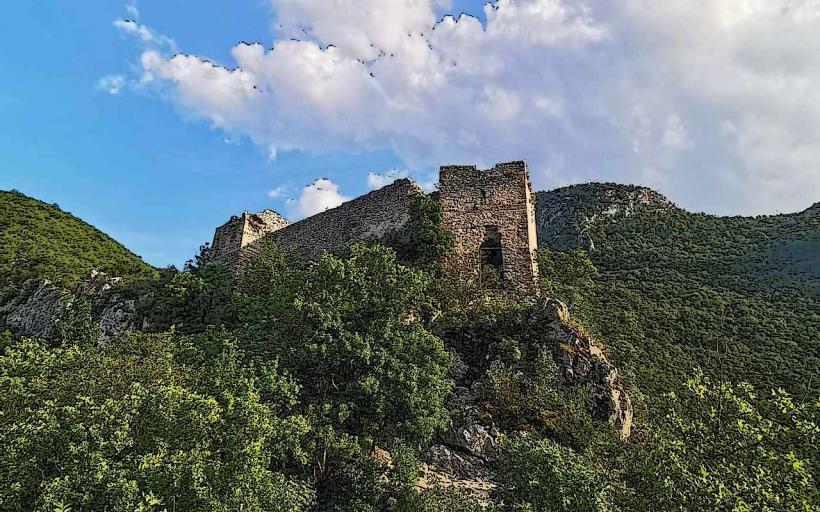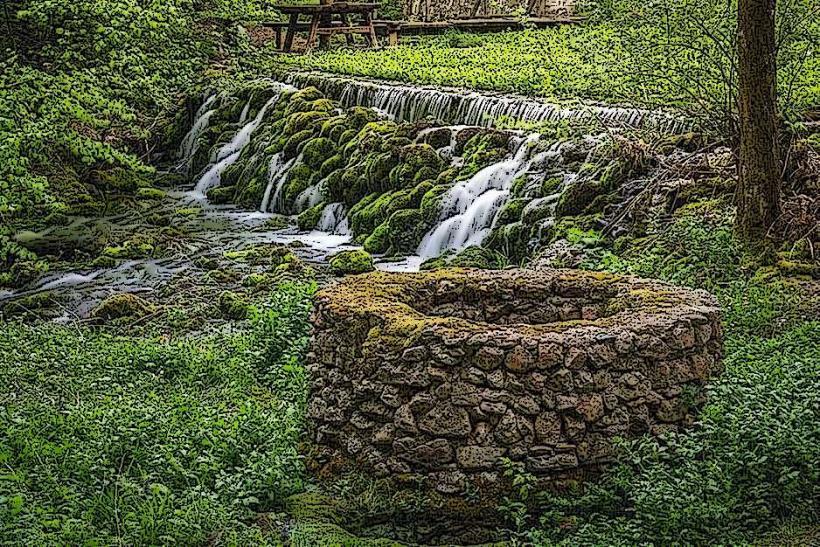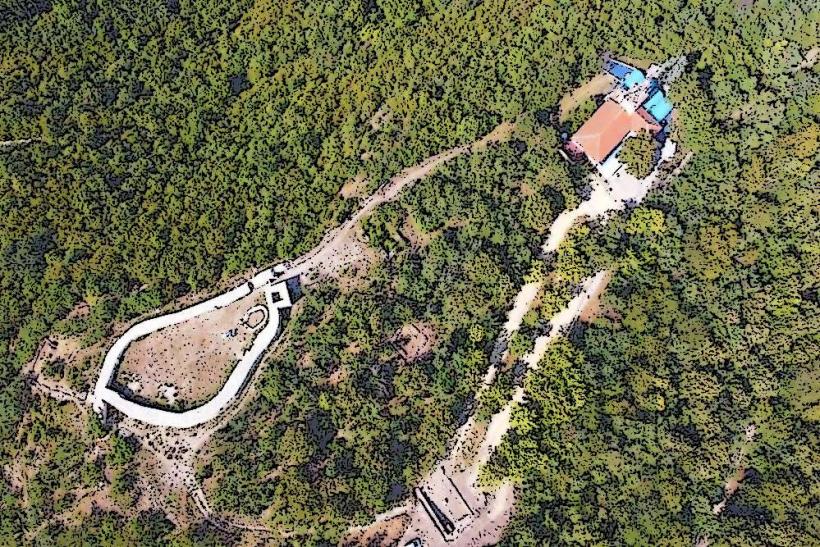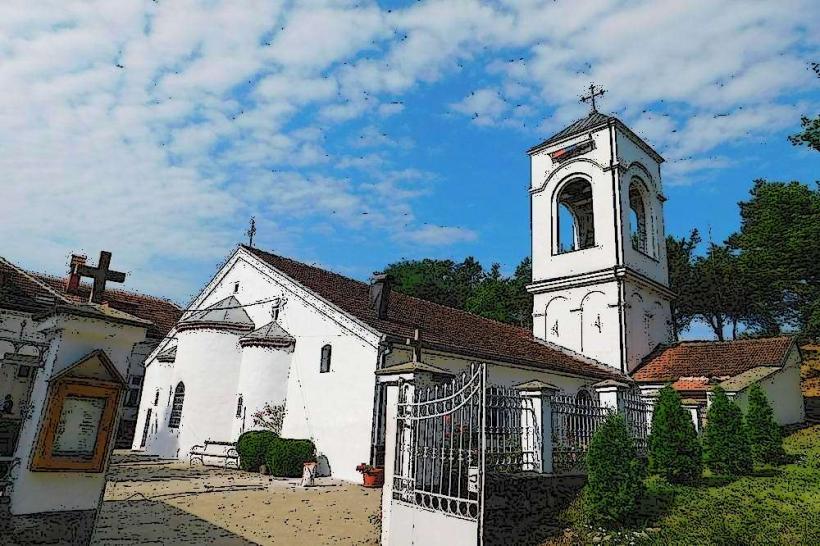Information
Landmark: Gamzigrad-Romuliana (Zaječar)City: Nis
Country: Serbia
Continent: Europe
Gamzigrad-Romuliana (Zaječar), Nis, Serbia, Europe
Overview
Near the town of Zaječar in Serbia, Gamzigrad-Romuliana-also called Felix Romuliana-stands as an extraordinary archaeological site, its ancient stone walls still catching the late-afternoon sun, and this late Roman palace and memorial complex stands as one of Europe’s best-preserved pieces of imperial architecture, its stone arches still sharp against the sky.UNESCO granted it World Heritage status in 2007, honoring its rich history, striking architecture, and the artistry etched into every stone, what’s more here’s a detailed gaze at its history, features, and significance: In the late 3rd and early 4th centuries CE, Emperor Galerius-who ruled from 293 to 311 and grew up in this very region-built Felix Romuliana as both a palace and a memorial to his mother, Romula.Curiously, It wasn’t just a home; it was a sacred stage for imperial deification rituals, where marble floors gleamed under torchlight, after that after Galerius’s death, the site hosted ceremonies before falling silent with the Roman Empire’s decline.Centuries later, in the 19th century, the ruins at Gamzigrad came to light again, and archaeologists began serious excavations in the 20th, on top of that excavations uncovered Gamzigrad’s role as a rare imperial complex, ringed by massive defensive walls and twenty hexagonal or rectangular towers that speak to both its strategic might and ceremonial grandeur; at its heart lie the ruins of lavish palaces, basilicas, temples, and administrative halls, their marble facades still carrying sparkling mosaics and sculpted figures, while two mausoleums-thought to hold Galerius and his mother-stand near a monumental four-way arch, intricate Roman baths, and some of the Balkans’ finest mosaics depicting gods, twisting vines, and sharp geometric patterns, all of which reflect the site’s blend of Roman and early Byzantine design, its role in deifying emperors, and its enduring status as a UNESCO treasure just eleven kilometers from Zaječar, for the most part At the site, you can wander through ancient ruins, step over sun-warmed stones in reconstructed sections, and take in vivid interpretive displays; in nearby Zaječar, the National Museum showcases artifacts and mosaics from Gamzigrad, offering richer insight into its past, besides throughout the year, cultural and educational events bring history to life with reenactments and lectures.The name “Felix Romuliana” reflects Emperor Galerius’ wish to honor his mother, Romula, and suggest divine favor, what’s more its rare blend of palace, fortress, and sacred spaces sets it apart from other Roman imperial sites, while the tetrapylon’s design echoes the empire’s vision of ruling the world’s four corners.Visiting Gamzigrad-Romuliana reveals the splendor of Roman architecture and the seamless fusion of power, art, and faith, in addition history buffs, archaeology fans, and anyone curious about the late Roman Empire’s cultural legacy shouldn’t miss it-even the worn carvings on its ancient stone walls tell a story.Tucked into the rolling hills of the Serbian countryside, the site blends centuries-antique history with the scent of wildflowers, creating a site you won’t forget.
Author: Tourist Landmarks
Date: 2025-09-02

